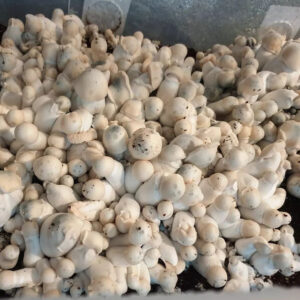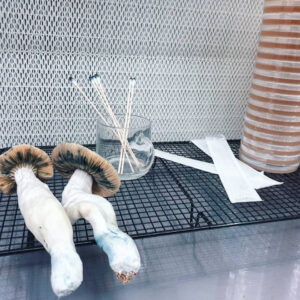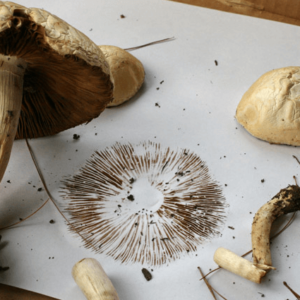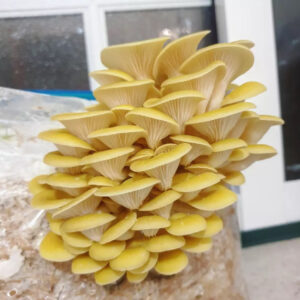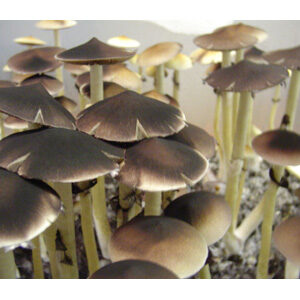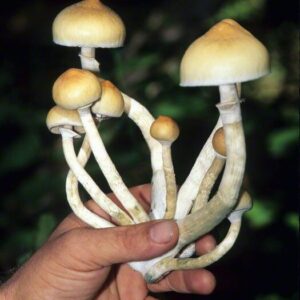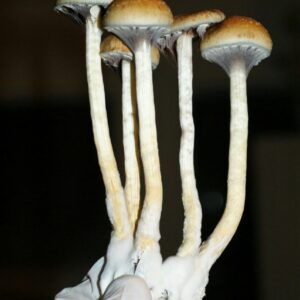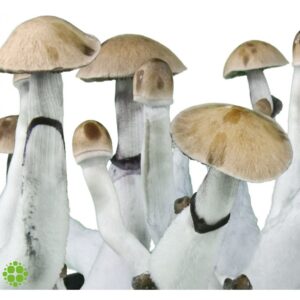Exploring the Significance of Spores in Fungi and Plants
Introduction
Introduce spores as microscopic reproductive units crucial for the life cycles and propagation of fungi and plants.
Spores in Fungi
Reproductive Role
Detail how spores function as the primary means of reproduction in fungi, facilitating dispersal and the establishment of new fungal colonies.
Life Cycle
Explain the role of spores in the life cycle of fungi, including the formation of spore-bearing structures like mushrooms and their dispersal mechanisms.
Diversity and Adaptations
Discuss the diversity of fungal spores, their various shapes, sizes, and adaptations, enabling them to thrive in different environments.
Spores in Plants
Plant Reproduction
Explain how spores function in the reproductive process of certain plants, particularly in ferns, mosses, and some algae, serving as the starting point for plant growth.
Life Cycle of Plants
Describe the life cycle of spore-producing plants, highlighting the alternation of generations and the significance of spores in this cycle.
Adaptations and Dispersal
Explore the adaptations of plant spores for dispersal, including mechanisms such as wind dispersal and adaptations for survival in various environments.
Ecological Significance
Role in Ecosystems
Discuss the ecological importance of spores in fungal and plant ecosystems, including their contribution to nutrient cycles and biodiversity.
Human Impact
Touch upon the human utilization of spores in various fields, from agriculture to medicine, and their significance in these domains.
Conclusion
Summarize the crucial role of spores in the life cycles of fungi and plants, highlighting their significance in reproduction, dispersal, adaptation, and their broader ecological impact.
Spore
Spore
Spore
Spore
Spore
Spore
Spore
Spore
Spore
Spore
Spore
Spore
Spore
Spore
Spore




